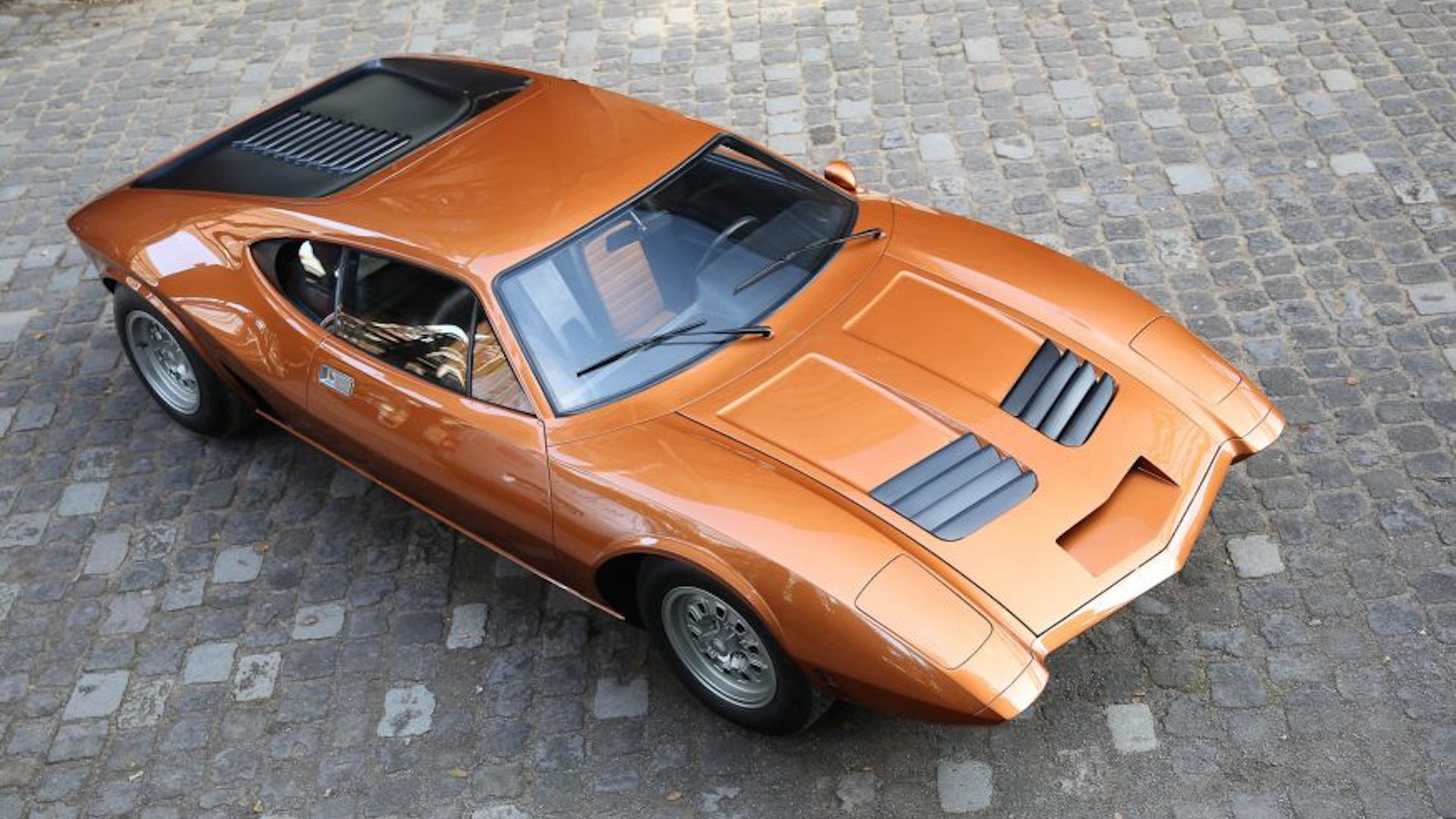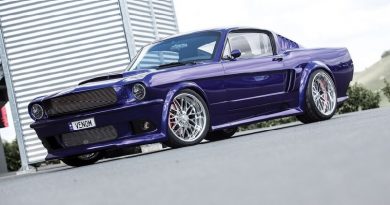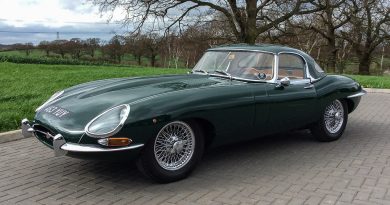1969 AMC AMX/3
The AMC AMX/3 (alternate spelling: AMX III) is a mid-engine sports car made by the United States Automobile manufacturer American Motors Corporation (AMC), which was presented in March 1970 and was to be mass-produced in Germany by Karmann from 1971. With this car, AMC wanted to counter the similarly designed De Tomaso Pantera with a competitor. The body design and drivetrain came from AMC, the chassis and suspension were developed in Europe. The design was generally attributed to Giotto Bizzarrini. However, only individual components such as the suspension come from him. In addition to Bizzarrini, Italdesign, Autocostruzioni S.D. and BMW were also involved in the development. Shortly after the presentation, AMC abandoned the project without giving any reason after about half a dozen cars had been made. Several attempts to revive the design without AMC’s involvement under the Bizzarrini brand name as the Bizzarrini Sciabola were unsuccessful. An AMX/3 chassis formed the technical basis for the Iso Varedo concept car in 1972.

American Motors never had a really decent budget to work with. Parts were shared, engines were limited, and if the company didn’t make it they sourced it from other manufacturers. But AMC did have one thing going for them: Richard Teague. To say that Teague was a talented designer is an understatement. He was a car guy first and foremost, and a lot of his work shows it. Okay, maybe not the glass-assed Pacer, but quite a bit of his work is worth mentioning: the Gremlin was originally supposed to be a hatchback AMX, the Rebel Machine, the Javelin and AMX…all the brainchild of AMC’s designer. For years the shoestring budget haunted all of the car designs.
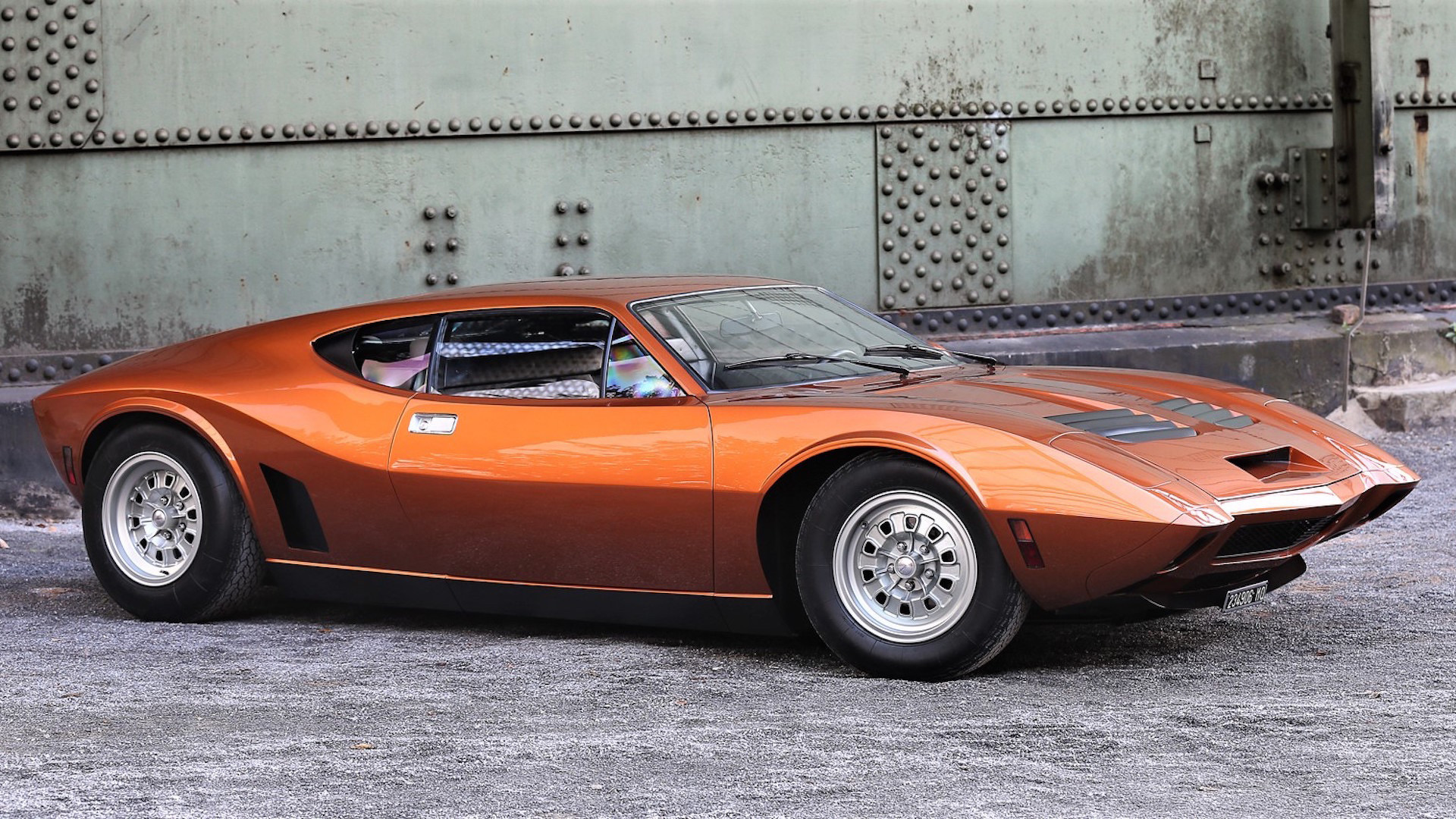
Wearing a handsome copper finish and all its original fixtures, Gooding and Co. estimates this particular example could fetch seven figures when it crosses the block. Under the hood is a 390-cubic-inch V8 paired to a four-speed manual gearbox. When tested at Monza, it was able to surpass its original estimated top speed of 160 miles per hour (257 kilometers per hour) thanks in part to Dick Teague’s super slippery design.
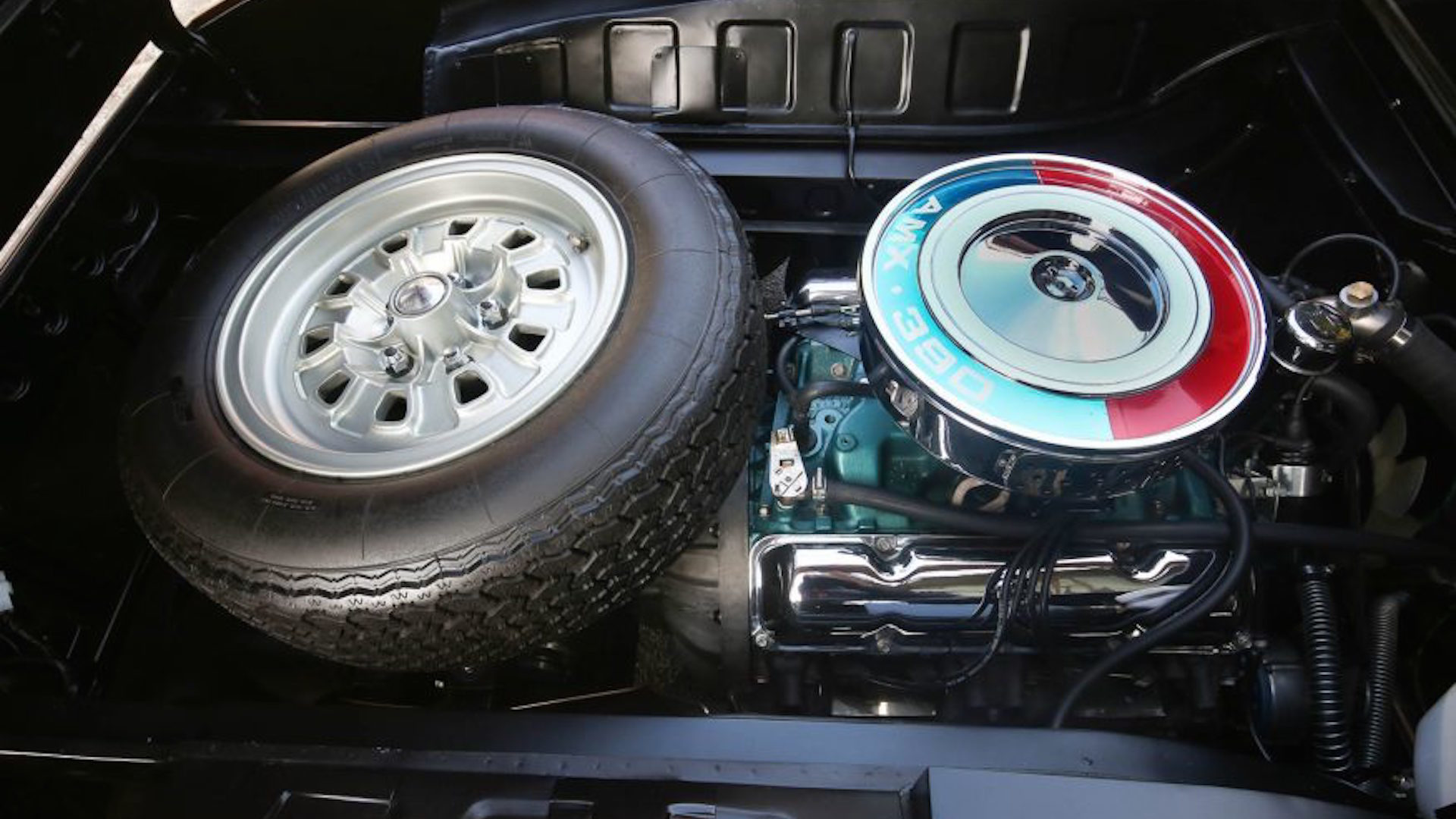
Bizzarrini’s final AMC/3 featured the hallmark of sports engineering, a mid-mounted engine and rear transaxle. The Italian firm Melara developed the new gearbox while BMW completed final testing on the roadworthy AMX/3. It seemed AMC was serious about production. From a design standpoint, the AMC/3 was remarkably similar to Ford’s DeTomaso Pantera which debuted just one day after the AMC/3. Such timely releases made it unclear exactly who copied who, but in any case, the casual observer can easily mistake the AMC/3 with a Pantera.

The AMC AMX was popular on the racing circuit, especially at drag strips. The potent engines and wide tires made them very competitive. The AMX captured the Super Stock Championship title multiple years. Craig Breedlove, a renowned driver with years of experience and many titles was hired by AMC to help further the career performance of the AMX. He did so by breaking over 100 records including the 24 hour average speed record which he averaged 130 mph. The previous record had been 103 mph.
